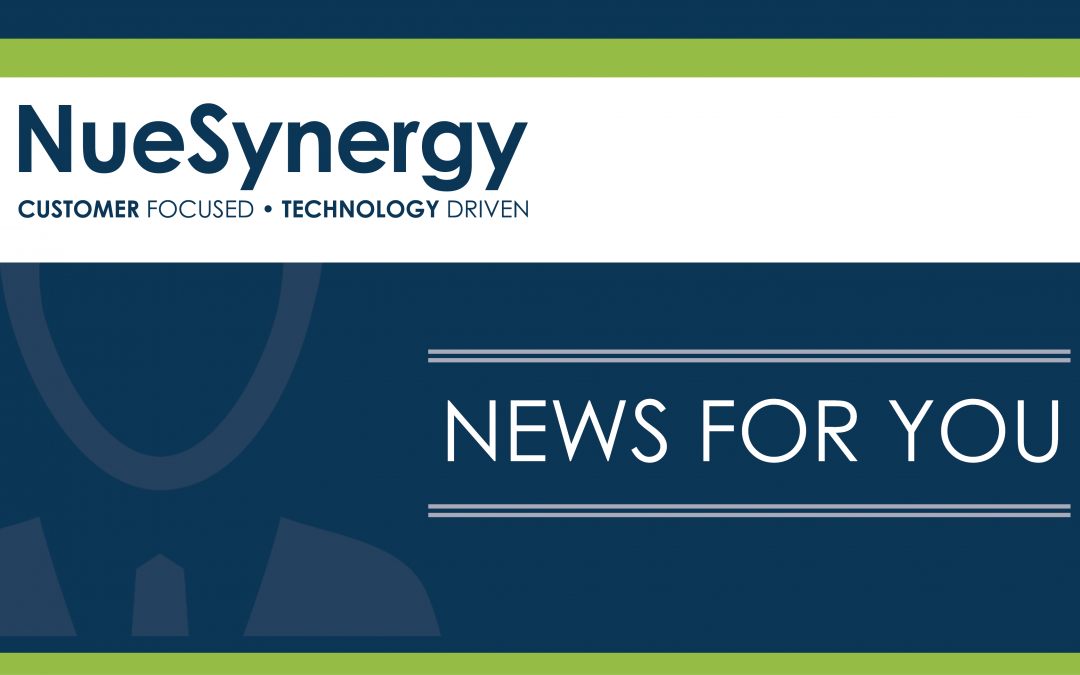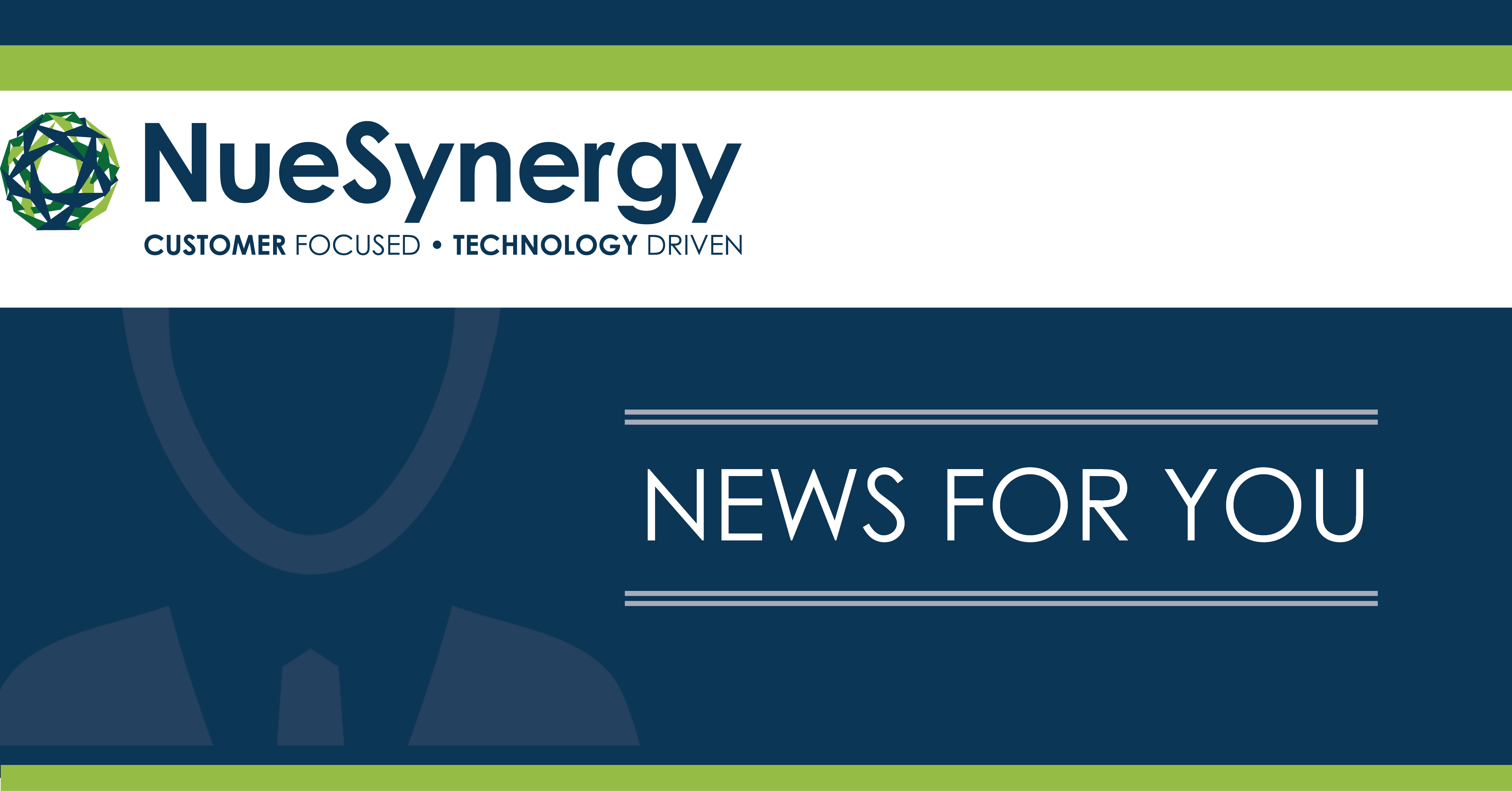
Using your HSA for retirement
Most people aren’t thinking about Health Savings Accounts (HSAs) as an investment option for retirement, but an HSA is one of the best options on the market. As the name implies, HSAs are designed to help individuals sock away cash for medical expenditures. HSAs offer several other benefits, such as:
100% of unused funds roll over year-after-year,
funds go with you even if you switch employers,
they can pay for the eligible expenses of your legal spouse and tax dependents regardless of their insurance, and
be used for Medicare premiums as well as qualified long-term care premiums.
Most employees use HSAs for short-term costs; however, building those funds long term is just as important. A recent study by the Employee Benefit Research Institute (EBRI) found that more Americans are turning to HSAs to cover medical expenses, but very few use them for retirement planning. The study also found that few people are investing their HSA funds for the long term, and even fewer are maxing out their HSA contributions. The research was based on nearly 6 million HSAs with $13 billion in combined assets. And regardless of any findings, most people will incur substantial health costs in retirement, for which HSAs can help.
It’s important for participants to understand the best way to use the HSA is by treating it as an investment tool, primarily because of the triple-tax advantage. As of just a few years ago, 4% of accounts had investments other than cash. Understanding the HSA’s investment potential won’t occur overnight for most people. It’s also unreasonable to expect everyone to have the wherewithal to use their account solely for investing.
However, by educating participants and employers on the long-term value of the HSA, it’s realistic to expect a behavioral shift and an uptick in participants using the HSA as an investment tool for retirement. A key point here is to start using and funding HSAs now, while contributing close to the annual limits if possible.





